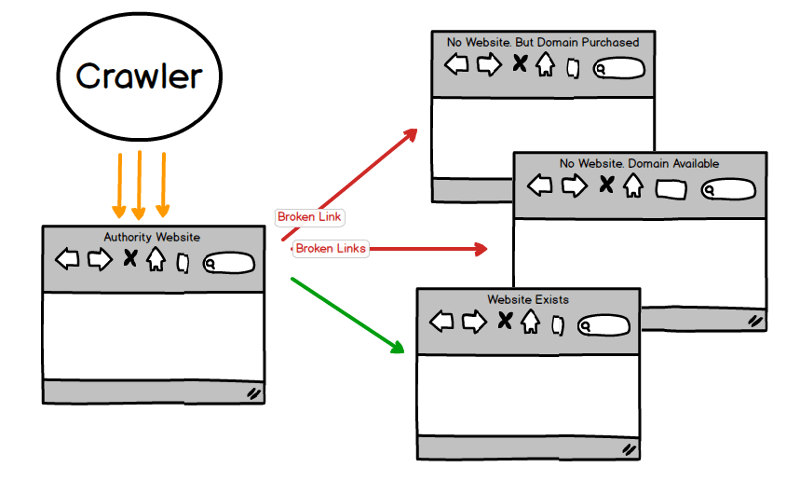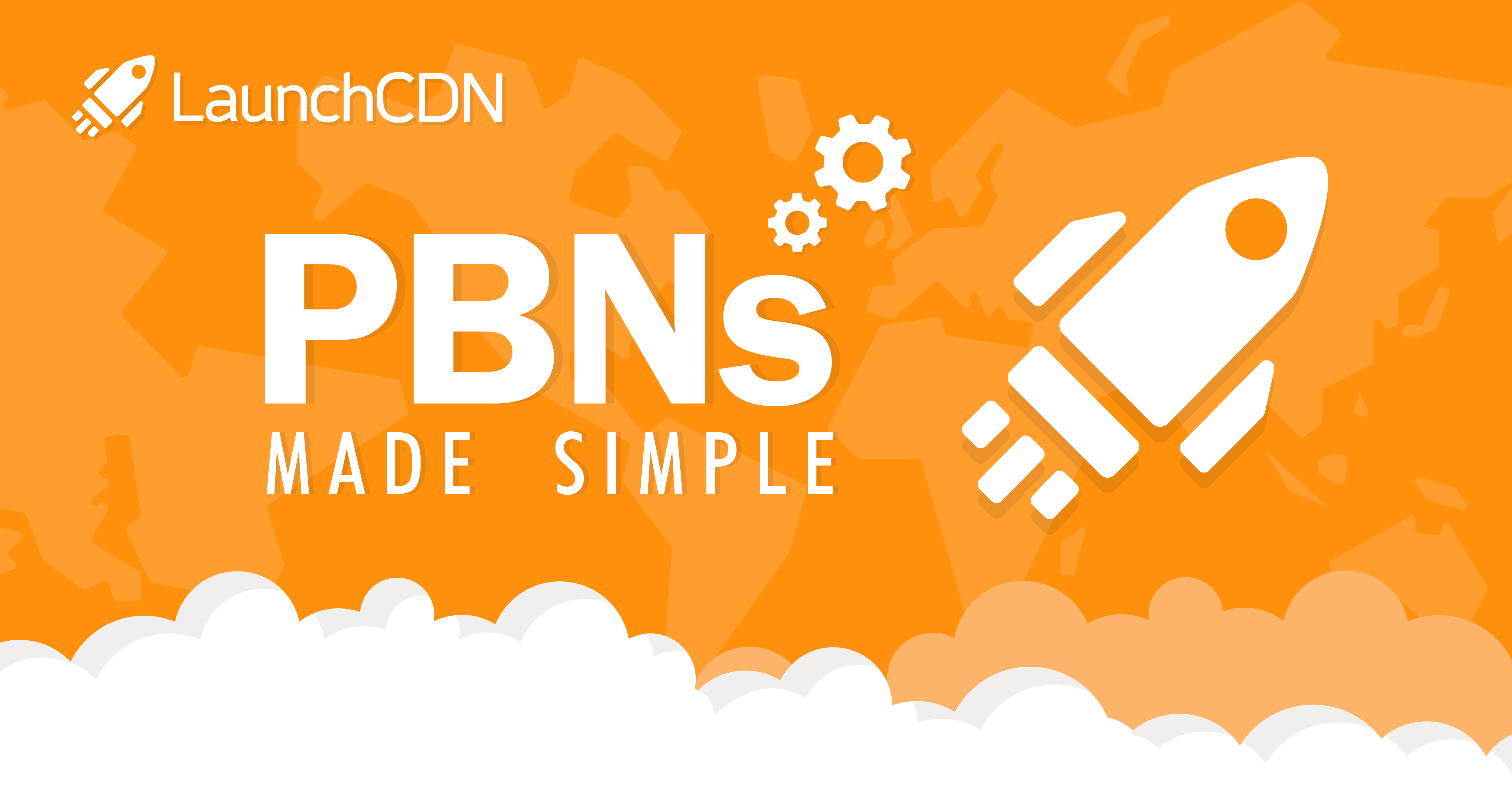All Categories
Featured
Table of Contents
- – Where To Buy The Top Semantic Seo Guide
- – Who Is The Premier Best Semantic Seo Tools Com...
- – Who Is The Most Reliable Semantic Seo Service?
- – The Leading Semantic Seo For Beginners Service?
- – What Is The Most Recommended Improving Ranki...
- – Who Has The Most Reliable Semantic Seo Conte...
- – The Leading Best Semantic Seo Tools?
The internet is changing, coming to be increasingly more semantic. SEO is also transforming and becoming a lot more semantic. This is due to the fact that online search engine have actually evolved and are moving extra and much more towards reviewing web content online. Naturally, that has actually likewise changed the means we create web content, especially if we intend to rate far better in the internet search engine.
Intertwingularity is not usually recognized, individuals keep pretending they can make points deeply hierarchical, categorizable and consecutive when they can't. Based on the connections between search intentions, the search engine chooses a material in placing by calculating the range in between the vectors of meaning.
It allows you to see, starting from a subject, all the entities that belong to that subject. In this manner you can clearly see which entities/concepts/ideas have actually currently been covered on your internet site, and you can discover brand-new chances by comprehending what content you can include and how to produce it.
Where To Buy The Top Semantic Seo Guide
It has the ability to make your content understandable for internet search engine on the one hand and for your audience on the other. Structuring your material version highlights your content and its hidden partnerships to ensure that search engines can acknowledge you amongst numerous items of info, making you more visible to customers that meet the search intent relevant to your service.
In semantic SEO copywriting, an editor starts from a more comprehensive variety of subjects and tailors the web content to consist of semantically appropriate terms and expressions that help readers comprehend a subject, comparable to checking out material in a wiki. From a material writing point of view, one useful method to do this is to develop a vocabulary of terms and inquiries surrounding your target topic.
Who Is The Premier Best Semantic Seo Tools Company
Find out more about by watching the by!.

Semantic search describes the procedure of how search engines comprehend and match keywords to a searcher's intent in natural search outcomes. Before semantic search, internet search engine like Google operated like matchmakersaligning certain words in your inquiry with those specific words on websites. The outcomes were uncomplicated yet typically lacked deepness.
Who Is The Most Reliable Semantic Seo Service?
It makes it possible for Google to offer quick, exact responses to look questions about real-world subjects. When you type a query word right into Google, you're not just entering a sequence of words. You use an intricate web of meanings and links. Google's Knowledge Chart sees these words as entities with context and relationships.
When you look for "Apple," Google does not just see a word that defines a fruit. It identifies Apple as a business and can provide relevant info. Like the name of its chief executive officer, Tim Cook, or its most current supply prices. Google introduced the Hummingbird update in 2013. It was Google's response to the surge of voice searches, where queries became more conversational and nuanced.
The Leading Semantic Seo For Beginners Service?
By incorporating NLP, Hummingbird permitted Google to move beyond plain keyword matching. It helped the search engine comprehend search intent, boosting the chances that results would properly match the factor behind an individual's search.
Making it extra efficient at handling never-before-seen search questions. RankBrain takes into consideration even more than simply key phrases when examining a search query.
So it brings outcomes that match the keywords and straighten with the total intent of offering puppy training advice. And if the customer regularly looks for dog-related content, Google might prioritize more comprehensive training guidesrecognizing the user's ongoing rate of interest in the subject. Integrating modern technologies like the Expertise Graph, Hummingbird, and RankBrain, semantic search aids the Google algorithm translate and connect data across a substantial web of details.
What Is The Most Recommended Improving Rankings With Semantic Seo Service For The Money
The emphasis shifts from keyword selection to an all natural technique including customer intent, topical importance, and total customer experience. Creating material that addresses the searcher's demands with detailed information can improve your SERP rankings.
And type of content can best please their demands. A more comprehensive method to content aligns much better with semantic search's change far from precise keyword phrase matching and towards individual intent. Which discusses the increased focus on subject clusters, instead of private key words. Content that covers search questions more completely not just pleases customers.
And 5 times more than websites that take 10 secs to load. While technological SEO guarantees optimal site performance and ease of access, focusing on customer experience (UX) takes it a step further. UX intends to create a visually appealing, easy to use user interface with interesting, quality content that motivates visitors to remain. Semantic search technology enables online search engine to go for results that provide the very best feasible UX.
Who Has The Most Reliable Semantic Seo Content Strategies?

All showcase Google's capacity to address a topic inquiry comprehensively. By understanding the context and intent behind user inquiries, search engines can supply extra appropriate details and possibly enhance customer involvement. Customization in search results page makes for far better UX.Based on your previous search history and choices as a user, semantic search assists internet search engine customize the results to match your unique requirements and rate of interests.
So it brings outcomes that match the key phrases and straighten with the overall intent of offering puppy training advice. And if the customer often looks for dog-related content, Google might prioritize more comprehensive training guidesrecognizing the individual's continuous rate of interest in the topic. Combining modern technologies like the Expertise Graph, Hummingbird, and RankBrain, semantic search helps the Google formula translate and link information throughout a substantial internet of information.
The Leading Best Semantic Seo Tools?
The emphasis changes from keyword selection to a holistic strategy encompassing individual intent, topical relevance, and overall individual experience. Developing web content that addresses the searcher's needs with thorough info can enhance your SERP rankings. Below, we detail the fads and techniques that consolidate the demand for semantically notified web content. Later, we offer actionable tips to transform these insights right into best techniques.

And type of content can best satisfy their demands. A more comprehensive approach to material aligns much better with semantic search's shift away from exact search phrase matching and toward individual intent. Which discusses the raised concentrate on subject collections, as opposed to private key phrases. Material that covers search questions much more extensively not only pleases users.
UX aims to develop an aesthetically attractive, user-friendly user interface with engaging, quality material that urges site visitors to stay. Semantic search innovation allows search engines to intend for outcomes that provide the ideal possible UX.
All showcase Google's capability to resolve a topic query thoroughly. By understanding the context and intent behind user inquiries, internet search engine can supply a lot more relevant information and possibly raise individual engagement. Customization in search engine result makes for better UX.Based on your previous search background and preferences as a customer, semantic search assists online search engine tailor the outcomes to suit your unique requirements and rate of interests.
Table of Contents
- – Where To Buy The Top Semantic Seo Guide
- – Who Is The Premier Best Semantic Seo Tools Com...
- – Who Is The Most Reliable Semantic Seo Service?
- – The Leading Semantic Seo For Beginners Service?
- – What Is The Most Recommended Improving Ranki...
- – Who Has The Most Reliable Semantic Seo Conte...
- – The Leading Best Semantic Seo Tools?
Latest Posts
What's The Leading Tools For Semantic Seo On The Market
What Is The Most Popular Semantic Search Engines Deal Right Now
What's The Top Semantic Search Engine Results Pages (Serps)
More
Latest Posts
What's The Leading Tools For Semantic Seo On The Market
What Is The Most Popular Semantic Search Engines Deal Right Now
What's The Top Semantic Search Engine Results Pages (Serps)